PHOTOS: Russia’s buried WWII past
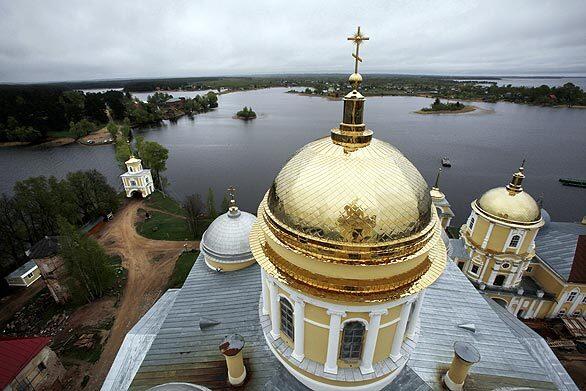
A view from the bell tower of the Nilova Pustyn monastery, 250 miles northwest of Moscow. The monastery was used as a prison camp where Polish military officers, police, gendarmes and landlords were kept after the Soviet Union invaded eastern Poland in September 1939. In April and May of 1940, the 6,295 captives were taken to the town of Kalinin, now Tver, about 100 miles from Moscow, where they were executed in the basement of the headquarters of the dreaded NKVD and then secretly buried 20 miles away in Mednoye.
1940 massacre of Poles remains potent issue (Sergei L. Loiko / Los Angeles Times)
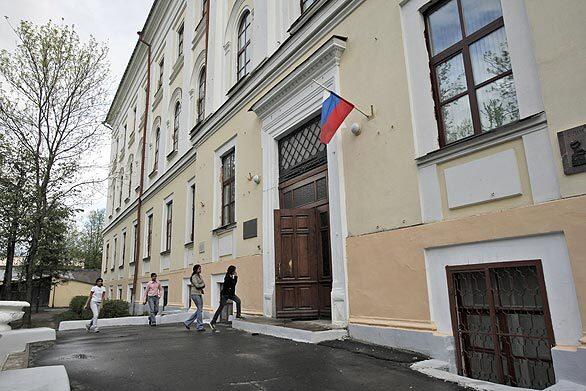
The Tver Medical Academy now occupies the building that in the 1930s and ‘40s was the NKVD headquarters. Thousands of Polish captives were executed there in spring 1940.
1940 massacre of Poles remains potent issue (Sergei L. Loiko / Los Angeles Times)
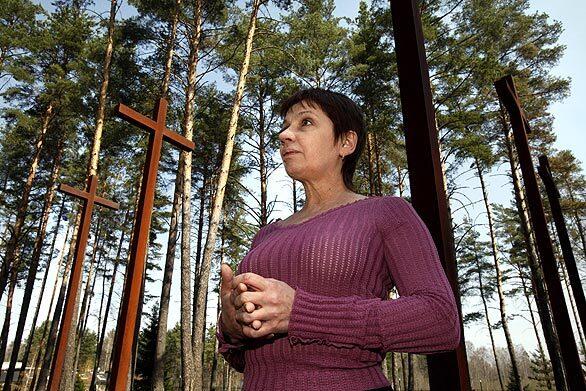
Yelena Obraztsova conducts a tour of the memorial at the Polish cemetery at Mednoye in Russia where pig-iron Catholic crosses mark mass graves amid the pines.
1940 massacre of Poles remains potent issue (Sergei L. Loiko / Los Angeles Times)
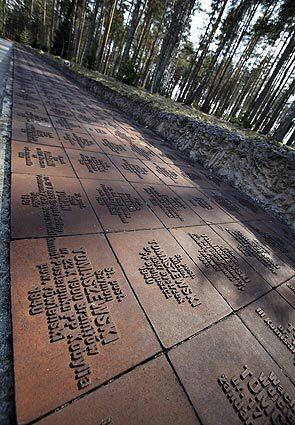
A demand by the family of Szymon Tomaszewski, whose commemorative plaque can be seen here, that his name be rehabilitated has not been supported by Russian courts. The case is on its way to the European Court of Human Rights in Strasbourg, France.
1940 massacre of Poles remains potent issue (Sergei L. Loiko / Los Angeles Times)
Advertisement
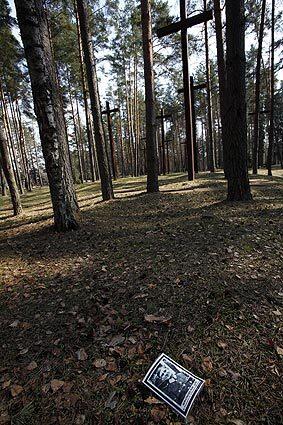
A photograph of a Polish officer lies in the woods not far from the mass graves at the memorial cemetery at Mednoye.
1940 massacre of Poles remains potent issue (Sergei L. Loiko / Los Angeles Times)







